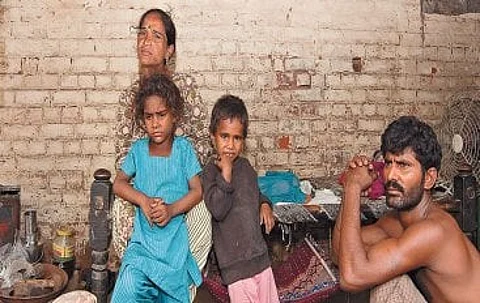

India has made significant strides in reducing extreme poverty over the past decade, according to a recent report by the World Bank. The proportion of Indians living below the extreme poverty line—defined as earning less than USD 2.15 per day (at 2021 prices)—dropped from 16.2% in 2011–12 to just 2.3% in 2022–23. This marks a substantial decline, with an estimated 171 million people lifted out of extreme poverty during this period.
In 2024, the World Bank adjusted its global poverty threshold to USD 3 per day to reflect inflation and rising living costs. Even with this higher benchmark, India’s poverty rate remains relatively low at 5.44%, with about 54.7 million people living below the new line. The revised threshold represents a 15% increase over the previous benchmark, making the progress even more notable.
Government schemes, particularly subsidised and free food distribution, have been credited as major contributors to poverty reduction, especially during the COVID-19 pandemic. The rural-urban poverty gap has also narrowed considerably: rural extreme poverty fell from 18.4% to 2.8%, and urban poverty declined from 10.7% to 1.1%, reducing the gap from 7.7 to 1.7 percentage points.
Despite this progress, the report highlights ongoing regional disparities. India’s five most populous states account for more than half of those still living in extreme poverty. The World Bank also noted that India’s real GDP remains about 5% below its pre-pandemic trend as of FY25. Risks from global economic instability and trade tensions persist, but macroeconomic indicators such as the current account deficit and foreign exchange reserves remain stable.